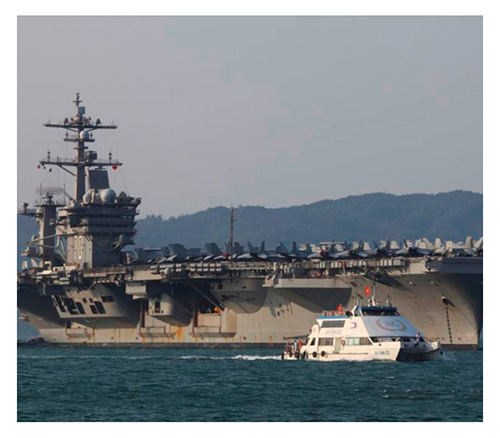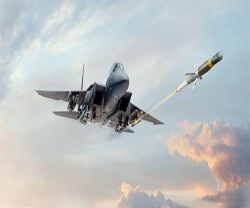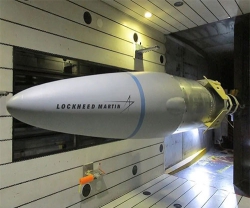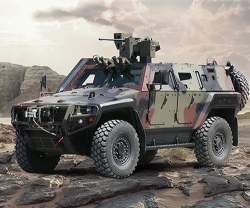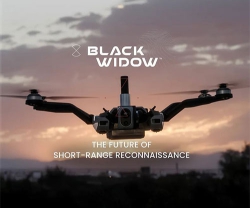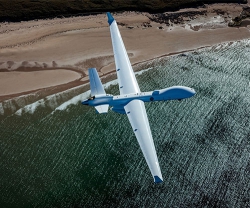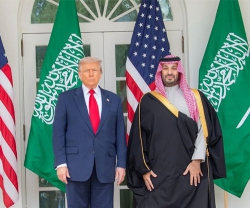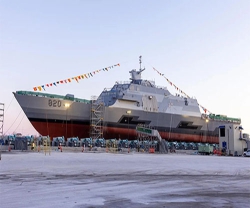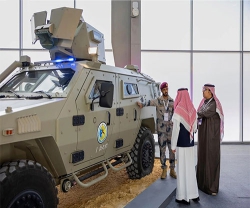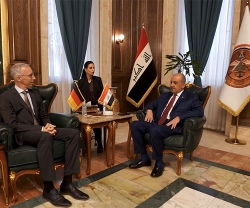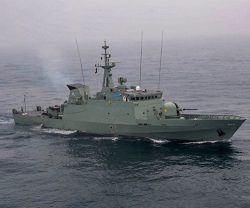For the first time since the Vietnam War, a U.S. Navy aircraft carrier is paying a visit to a Vietnamese port, seeking to bolster both countries’ efforts to stem expansionism by China in the South China Sea, The Associated Press (AP) reported.
Monday’s visit by the USS Carl Vinson brings more than 5,000 crewmembers to the central coastal city of Danang, the largest such U.S. military presence in Vietnam since the Southeast Asian nation was unified under Communist leadership after the war ended in 1975.
The Carl Vinson, accompanied by a cruiser and a destroyer, is visiting as China increases its military buildup in the Paracel islands and seven artificial islands in the Spratlys in maritime territory also claimed by Vietnam. China claims most of the South China Sea and has challenged traditional U.S. naval supremacy in the western Pacific.
The ship’s mission includes technical exchanges, sports matches and visits to an orphanage and a center for victims of Agent Orange, a toxic defoliant sprayed by U.S. forces to deny cover for Communist fighters during the war. It marks a fine-tuning, rather than a turning point, in relations. The U.S. Navy has staged activities in Vietnam for its Pacific Partnership humanitarian and civic missions in nine of the past 12 years.
U.S. Ambassador Daniel Kritenbrink praised the carrier’s visit. “I think the visit by USS Carl Vinson demonstrates our commitment to the U.S-Vietnam partnership. It also demonstrates the dramatic progress we made in our bilateral relationship in recent years,” he said.
The Ambassador said the two countries share a range of interests that include “a desire to maintain peace, prosperity, unimpeded commerce, freedom of navigation upon which the region and its economies depend.”
The United States normalized relations with Vietnam in 1995 and lifted an arms embargo in 2016, and the two former adversaries have steadily improved relations in all areas, including trade, investment and security.
The visit of an aircraft carrier - a more than 100,000-ton manifestation of U.S. global military projection - reaffirms closer relations as Beijing flexes it political, economic and military muscle in Southeast Asia, and Washington seeks to re-establish its influence.
“Although the visit is mainly symbolic and would not be able to change China’s behavior, especially in the South China Sea, it is still necessary in conveying the message that the U.S. will be there to stay,” Hiep added.
Separately from this week’s mission, U.S. officials say American warships continue sailing without prior notice close to China-occupied islands and atolls, an aggressive way of signaling to Beijing that the U.S. does not recognize its sovereignty over those areas.
Hiep said the Carl Vinson’s visit is likely to irritate China, but that Beijing will not take it too seriously.
“They understand well the strategic rationale behind the rapprochement between Vietnam and the U.S., which was largely driven by China's growing assertiveness in the South China Sea. However, China also knows that Vietnam is unlikely to side with the U.S. militarily to challenge China,” he said.
Vietnam, while traditionally wary of its huge northern neighbor, shares China’s system of single-party rule and intolerance for political dissent.
Economic relations with the United States in recent years have served as a counterbalance to Vietnam's political affinity with China.
The first U.S. Marines arrived in Danang in 1965, marking the beginning of large-scale American involvement in the Vietnam War.

